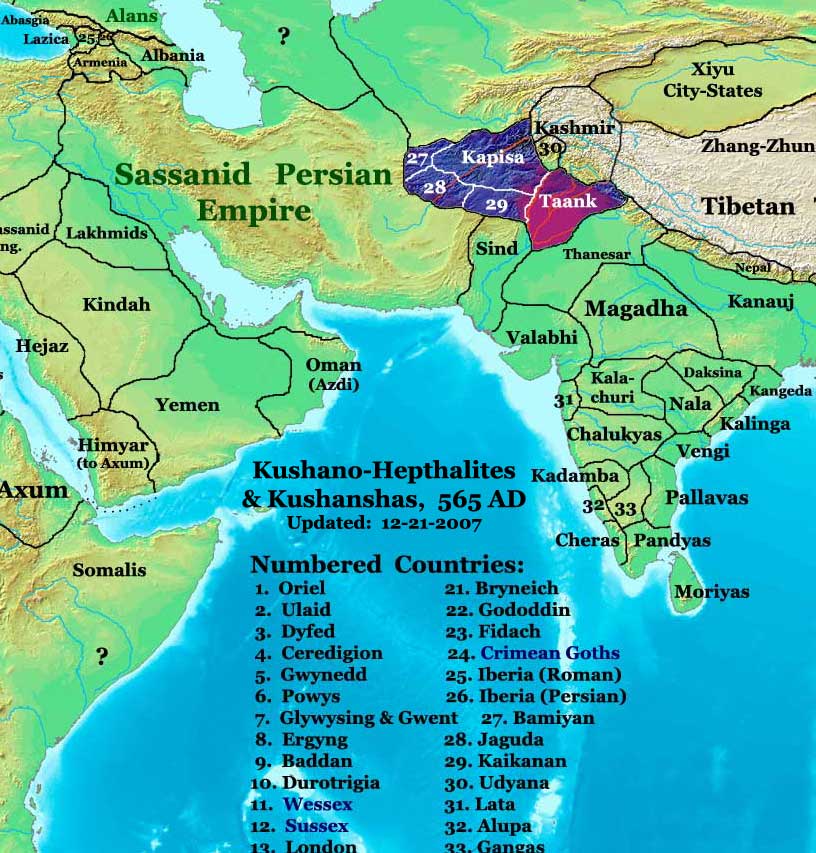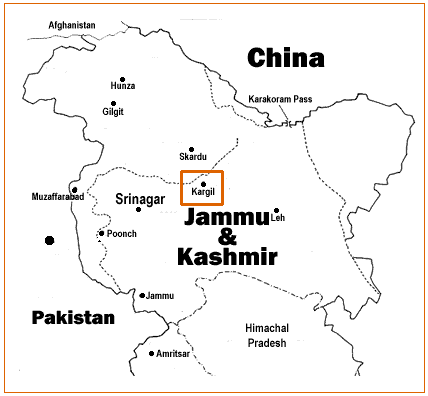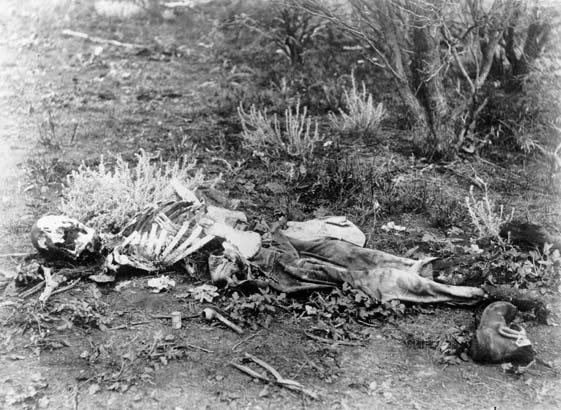|
Zanskar
Zanskar, Zahar (locally) or Zangskar, is the southwestern region of Kargil district in the Indian union territory of Ladakh. The administrative centre of Zanskar is Padum. Zanskar, together with the rest of Ladakh, was briefly a part of the kingdom of Geography of Tibet, Western Tibet called Ngari Khorsum. Zanskar lies 250 km south of Kargil, Kargil City on National Highway 301 (India), NH301. In August 2024, the Ministry of Home Affairs (India), Ministry of Home Affairs announced that Zanskar will become a district (India), district in Ladakh by 2028. Etymology Zanskar ( ''zangs dkar'') appears as ''“Zangskar”'' mostly in academic studies in social sciences (anthropology, gender studies), reflecting the Ladakhi pronunciation, although the Zanskari pronunciation is Zãhar. Older geographical accounts and maps may use the alternate spelling "Zaskar". An etymological study (Snellgrove and Skorupsky, 1980) of the name reveals that its origin might refer to the natural occ ... [...More Info...] [...Related Items...] OR: [Wikipedia] [Google] [Baidu] [Amazon] |
Kargil District
Kargil district is a district in Indian-administered Ladakh in the Kashmir#Dispute, disputed Kashmir-region,The application of the term "administered" to the various regions of Kashmir and a mention of the Kashmir dispute is supported by the WP:TERTIARY, tertiary sources (a) through (e), reflecting WP:DUE, due weight in the coverage. Although "controlled" and "held" are also applied neutrally to the names of the disputants or to the regions administered by them, as evidenced in sources (h) through (i) below, "held" is also considered politicised usage, as is the term "occupied," (see (j) below). (a) (subscription required) Quote: "Kashmir, region of the northwestern Indian subcontinent ... has been the subject of dispute between India and Pakistan since the partition of the Indian subcontinent in 1947. The northern and western portions are administered by Pakistan and comprise three areas: Azad Kashmir, Gilgit, and Baltistan, the last two being part of a territory called the ... [...More Info...] [...Related Items...] OR: [Wikipedia] [Google] [Baidu] [Amazon] |
Ladakh
Ladakh () is a region administered by India as a union territory and constitutes an eastern portion of the larger Kashmir region that has been the subject of a Kashmir#Kashmir dispute, dispute between India and Pakistan since 1947 and India and China since 1959.The application of the term "administered" to the various regions of Kashmir and a mention of the Kashmir dispute is supported by the WP:TERTIARY, tertiary sources (a) through (e), reflecting WP:DUE, due weight in the coverage. Although "controlled" and "held" are also applied neutrally to the names of the disputants or to the regions administered by them, as evidenced in sources (h) through (i) below, "held" is also considered politicised usage, as is the term "occupied", (see (j) below). (a) (subscription required) Quote: "Kashmir, region of the northwestern Indian subcontinent ... has been the subject of dispute between India and Pakistan since the partition of the Indian subcontinent in 1947. The northern and wester ... [...More Info...] [...Related Items...] OR: [Wikipedia] [Google] [Baidu] [Amazon] |
Padum
Padum (also known as Padam) is the main town and the administrative centre of the Zanskar tehsil in Kargil district, Ladakh, India. Named after the Buddhist guru Padmasambhava, it was historically one of the two main capitals of the Zanskar Kingdom, the other being Zangla. It is via the link road from Kargil city (National Highway No. 1D). The new Nimmu–Padum–Darcha road (under construction) connects Padum directly to Leh in the east and to Darcha in Himachal Pradesh. Description The present population of Padum town is about 2,000 people. The traditional heart of the village is below the gompa and Palace khar (now in ruins) where two large chortens stand above old buildings. A road was constructed in 1980 from NH1 at Kargil over Pensi La, which is 235 km away. The 145 km road to Darcha passing through Shinkula pass is now operational, connecting to the Manali-Leh Highway. Padum has several hotels, homestays and restaurants for tourists. Padum has a post office, in ... [...More Info...] [...Related Items...] OR: [Wikipedia] [Google] [Baidu] [Amazon] |
Ladakhi Language
The Ladakhi language is a Tibetic language spoken in the Indian union territory of Ladakh. It is the predominant language in the Buddhist-dominated district of Leh district, Leh, and a minority language in the district of Kargil district#Languages, Kargil. Ladakhi has several dialects: Lehskat, named after Leh where it is spoken, Shamskat, spoken northwest of Leh, Stotskat, spoken in the Indus River, Indus valley and which unlike the others is tonal, Nubra, spoken north of Leh, the Changthang language, spoken in the Changtang region by the Changpa people, and the Zangskari language, spoken in the Zanskar region of Ladakh. Name The Ladakhi language () is also referred to as Bhoti or Bodhi. Supporters of the Bhoti name hold a Lumpers and splitters, "lumper" view of the language: they use the term "Bhoti" to refer to Classical Tibetan and treat as the one, proper form of Tibetic languages across the Himalayas. This section of Ladakhi society has demanded inclusion Bhoti to the ... [...More Info...] [...Related Items...] OR: [Wikipedia] [Google] [Baidu] [Amazon] |
National Highway 301 (India)
National Highway 301, commonly referred to as NH 301 is a national highway in India. It is a spur road of National Highway 1. NH-301 traverses the union territory of Ladakh in India. Route description Kargil - Padum (Zanskar). Major intersections : Terminal near Kargil. See also * List of national highways in India * List of national highways in India by state List of the new national highway numbers (state-wise). Andhra Pradesh There are 55 national highways including one national expressway (NE7) in Andhra Pradesh with a total length of 8683.15km as of 31 Dec 2022. These are administered by ... References External links NH 301 on OpenStreetMap National highways of India National highways in Ladakh Transport in Kargil district Transport in Kargil {{India-NH-stub ... [...More Info...] [...Related Items...] OR: [Wikipedia] [Google] [Baidu] [Amazon] |
Kargil
Kargil or Kargyil is a City in Indian-administered Ladakh in the disputed Kashmir region. The application of the term "administered" to the various regions of Kashmir and a mention of the Kashmir dispute is supported by the WP:TERTIARY, tertiary sources (a) through (e), reflecting WP:DUE, due weight in the coverage. Although "controlled" and "held" are also applied neutrally to the names of the disputants or to the regions administered by them, as evidenced in sources (h) through (i) below, "held" is also considered politicized usage, as is the term "occupied," (see (j) below). (a) (subscription required) Quote: "Kashmir, region of the northwestern Indian subcontinent ... has been the subject of dispute between India and Pakistan since the partition of the Indian subcontinent in 1947. The northern and western portions are administered by Pakistan and comprise three areas: Azad Kashmir, Gilgit, and Baltistan, the last two being part of a territory called the Northern Areas. A ... [...More Info...] [...Related Items...] OR: [Wikipedia] [Google] [Baidu] [Amazon] |
Tibetic Languages
The Tibetic languages form a well-defined group of languages descending from Old Tibetan.Tournadre, Nicolas. 2014. "The Tibetic languages and their classification." In ''Trans-Himalayan linguistics, historical and descriptive linguistics of the Himalayan area''. Berlin: Mouton de Gruyter. According to Nicolas Tournadre, there are 50 Tibetic languages, which branch into more than 200 dialects, which could be grouped into eight dialect continua. These Tibetic languages are spoken in Tibet, Ladakh, Baltistan, Aksai Chin, Nepal, and in India in Himachal Pradesh, and Uttarakhand. Classical Tibetan is the major literary language, particularly for its use in Tibetan Buddhist scriptures and literature. Tibetan languages are spoken by some 6 million people, not all of whom are Tibetan.preprint With the worldwide spread of Tibetan Buddhism, the Tibetan language has also spread into the western world and can be found in many Buddhist publications and prayer materials, while western s ... [...More Info...] [...Related Items...] OR: [Wikipedia] [Google] [Baidu] [Amazon] |
Hindi
Modern Standard Hindi (, ), commonly referred to as Hindi, is the Standard language, standardised variety of the Hindustani language written in the Devanagari script. It is an official language of India, official language of the Government of India, alongside English language, English, and is the ''lingua franca'' of North India. Hindi is considered a Sanskritisation (linguistics), Sanskritised Register (sociolinguistics), register of Hindustani. Hindustani itself developed from Old Hindi and was spoken in Delhi and neighbouring areas. It incorporated a significant number of Persian language, Persian loanwords. Hindi is an Languages with official status in India, official language in twelve states (Bihar, Gujarat , Mizoram , Maharashtra ,Chhattisgarh, Haryana, Himachal Pradesh, Jharkhand, Madhya Pradesh, Rajasthan, Uttar Pradesh, Uttarakhand), and six Union territory, union territories (Andaman and Nicobar Islands, Delhi, Chandigarh, Dadra and Nagar Haveli and Daman and Di ... [...More Info...] [...Related Items...] OR: [Wikipedia] [Google] [Baidu] [Amazon] |
Indian Standard Time
Indian Standard Time (IST), sometimes also called India Standard Time, is the time zone observed throughout the Republic of India, with a time offset of UTC+05:30. India does not observe daylight saving time or other seasonal adjustments. In military and aviation time, IST is designated E* ("Echo-Star"). It is indicated as ''Asia/Kolkata'' in the IANA time zone database. History The Indian Standard Time was adopted on 1 January 1906 during the British era with the phasing out of its precursor Madras Time (Railway Time), and after Independence in 1947, the Union government established IST as the official time for the whole country, although Kolkata and Mumbai retained their own local time (known as Calcutta Time and Bombay Time) until 1948 and 1955, respectively. The Central observatory was moved from Chennai to a location at Shankargarh Fort in Allahabad district, so that it would be as close to UTC+05:30 as possible. Daylight Saving Time (DST) was used brief ... [...More Info...] [...Related Items...] OR: [Wikipedia] [Google] [Baidu] [Amazon] |
Gender Studies
Gender studies is an interdisciplinary academic field devoted to analysing gender identity and gendered representation. Gender studies originated in the field of women's studies, concerning women, feminism, gender, and politics. The field now overlaps with queer studies and men's studies. Its rise to prominence, especially in Western universities after 1990, coincided with the rise of deconstruction. Disciplines that frequently contribute to gender studies include the fields of literature, linguistics, human geography, history, political science, archaeology, economics, sociology, psychology, anthropology, cinema, musicology, media studies, human development, law, public health, and medicine. Gender studies also analyzes how race, ethnicity, location, social class, nationality, and disability intersect with the categories of gender and sexuality.Healey, J. F. (2003). ''Race, Ethnicity, Gender and Class: The Sociology of Group Conflict and Change''. In gender studies, ... [...More Info...] [...Related Items...] OR: [Wikipedia] [Google] [Baidu] [Amazon] |
Anthropology
Anthropology is the scientific study of humanity, concerned with human behavior, human biology, cultures, society, societies, and linguistics, in both the present and past, including archaic humans. Social anthropology studies patterns of behaviour, while cultural anthropology studies cultural meaning, including norms and values. The term sociocultural anthropology is commonly used today. Linguistic anthropology studies how language influences social life. Biological anthropology, Biological (or physical) anthropology studies the biology and evolution of Human evolution, humans and their close primate relatives. Archaeology, often referred to as the "anthropology of the past," explores human activity by examining physical remains. In North America and Asia, it is generally regarded as a branch of anthropology, whereas in Europe, it is considered either an independent discipline or classified under related fields like history and palaeontology. Etymology The abstract noun ''wikt ... [...More Info...] [...Related Items...] OR: [Wikipedia] [Google] [Baidu] [Amazon] |






